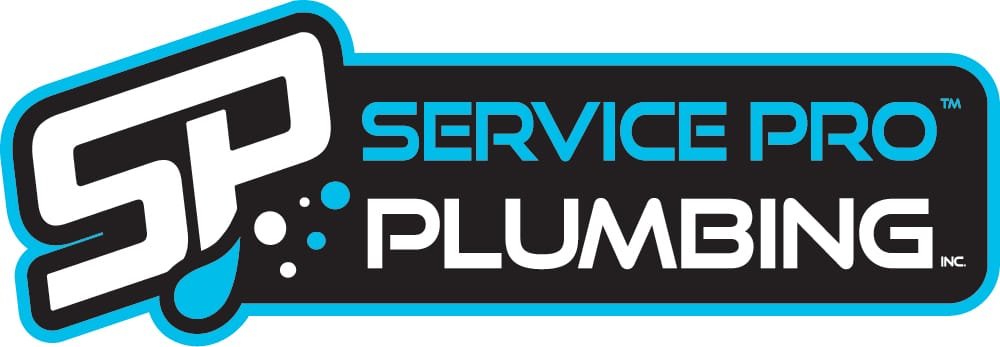Planning a Bathroom Remodel? Key Plumbing Considerations to Keep in Mind
Redesigning a bathroom is both exciting and challenging. Whether you’re simply updating outdated fixtures or transforming your bathroom into a spa-like retreat, your plumbing system will play a central role. Without careful planning, even small mistakes can lead to costly problems that disrupt your household. This guide highlights the most important plumbing factors to consider for a bathroom remodel in Vancouver, helping you achieve a smooth, stress-free renovation.

1. Assess Your Existing Plumbing System
Before starting any bathroom remodel, evaluate the condition of your current plumbing. In Vancouver’s older homes, pipes may be aging or corroded, making replacement necessary. Moving major fixtures such as sinks, toilets, or showers often requires rerouting the plumbing, which can be complex. By assessing your system in advance, you’ll avoid unpleasant surprises and can budget for upgrades where needed. Hiring an experienced Vancouver bathroom renovation plumber can help ensure everything is inspected, up to code, and ready for your remodel.
2. Check Water Pressure and Pipe Size
Water pressure is just as important in a remodel as it is in new construction. Installing a new showerhead or bathtub may expose underlying issues with your pipes or pressure levels. Low water pressure can make even luxury fixtures feel disappointing, while undersized pipes can’t support the flow you want. A qualified plumbing contractor in Vancouver can test your water pressure, check pipe sizing, and make any necessary upgrades so your new fixtures perform at their best.
3. Choose the Right Plumbing Fixtures
Selecting the right plumbing fixtures affects both your bathroom’s appearance and its performance. Modern faucets, toilets, and showers are designed to reduce water use without sacrificing comfort. When you pick new fixtures for your bathroom remodel in Vancouver, make sure they’re compatible with your existing plumbing system—or be prepared to adjust your plumbing accordingly. A professional plumber can guide you through fixture options and ensure they’re properly installed for long-lasting reliability.
4. Upgrade to Energy- and Water-Efficient Fixtures
Energy efficiency should be a top priority in any bathroom upgrade. Low-flow toilets, water-saving showerheads, and high-efficiency faucets can dramatically cut water usage and lower monthly bills. They’re also a smart way to promote sustainability in your home. Ask your Vancouver plumber about eco-friendly plumbing solutions and energy-saving options, such as tankless water heaters or improved insulation, to maximize your remodel’s long-term benefits.
5. Ensure Proper Ventilation to Prevent Mold
Moisture is inevitable in bathrooms, but poor ventilation can lead to mold and mildew growth. When renovating, make sure your bathroom has an adequate exhaust fan and proper airflow. Good ventilation protects your finishes, prevents odors, and keeps humidity under control. A skilled plumber can work with your contractor to ensure your plumbing layout and ventilation systems complement each other, helping your bathroom stay fresh and healthy for years to come.
Conclusion
Plumbing is one of the most critical components of any bathroom remodeling project in Vancouver. From inspecting your current system and adjusting water pressure to selecting fixtures and ensuring proper ventilation, every step matters for creating a functional, beautiful, and efficient bathroom. By working with an experienced Vancouver plumbing contractor, you can avoid common pitfalls and ensure your remodel runs smoothly. Keep these tips in mind, and you’ll be well on your way to a successful, stress-free bathroom renovation.
Checking existing plumbing ensures pipes aren’t outdated, corroded, or undersized. In older Vancouver homes, hidden plumbing issues can cause leaks or low water pressure. Identifying these problems early helps you plan upgrades, avoid delays, and prevent costly surprises during the remodel.
Upgrading to water- and energy-efficient fixtures like low-flow toilets, tankless water heaters, and high-efficiency showerheads adds long-term value. These updates lower utility bills, improve sustainability, and increase your bathroom’s functionality while enhancing overall home value.
